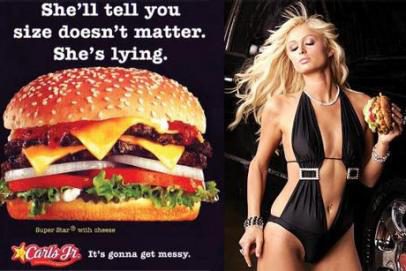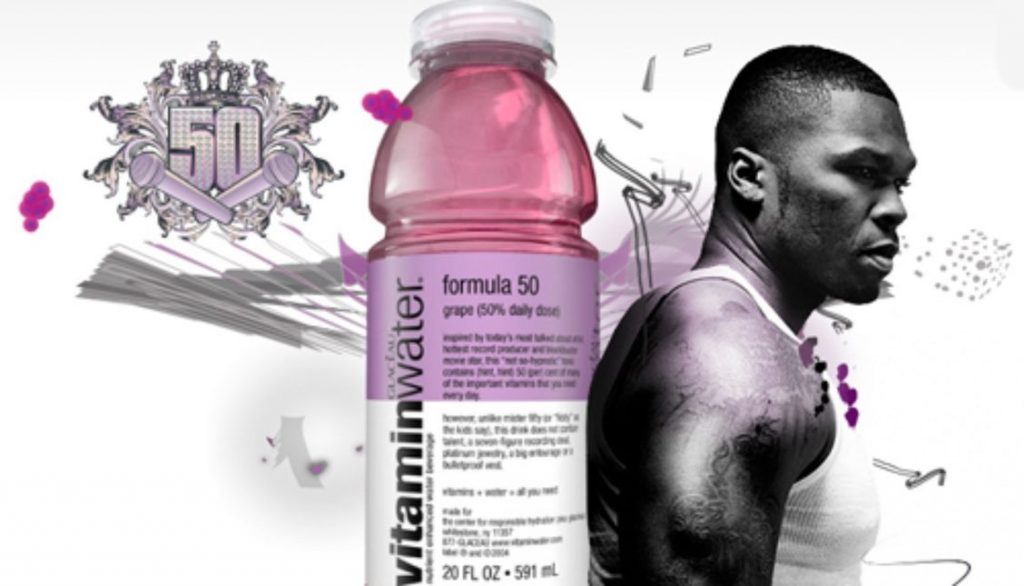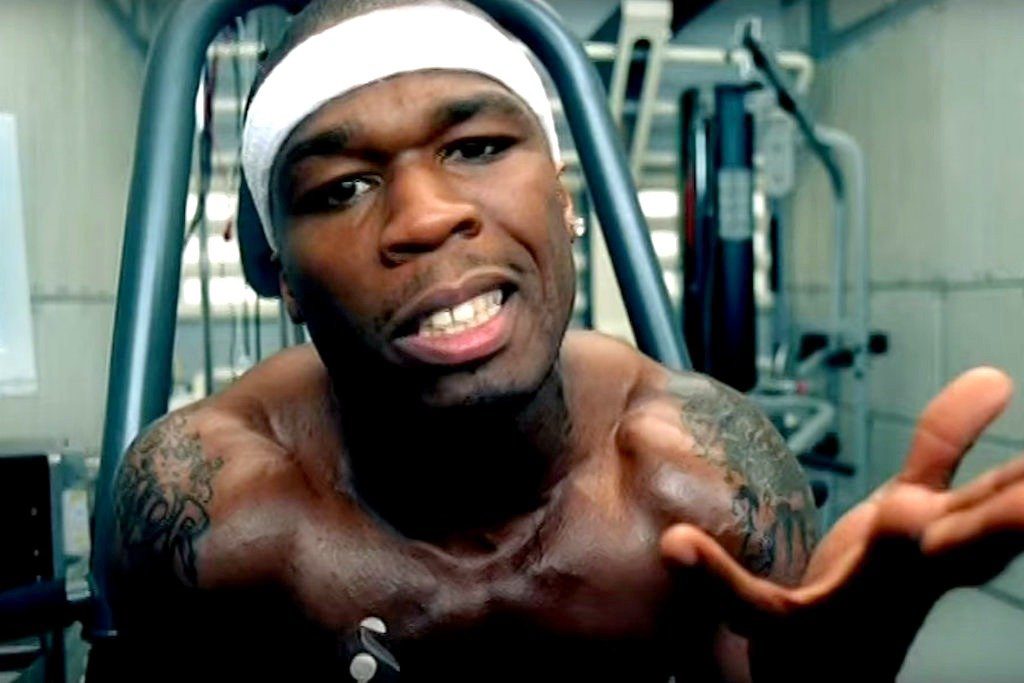Spoiler alert: there isn’t one
The number one question I get asked is “What percentage does the talent take in an equity deal, and do you pay them?” This usually ends up with me going on a diatribe about variables with partnerships and how no two deals are the same.
But this is only partly true.
There are standard ways of setting talent deals up, but first let’s look at the evolution of talent and brands.
Endorsements versus equity
Although ownership is relatively new, endorsements are not. Some would argue that endorsement deals could be dated back to the Greek Olympics; however, endorsement deals as we know them can be traced back to Chuck Taylor who agreed the first sneaker contract with Converse Rubber Shoe Company in 1923 (I’ll leave the impact of endorsement deals for another newsletter, but it’s safe to say that this iconic sneaker is still relevant 90 years later – estimated that 60% of all Americans will own at least one pair of “Chucks” in their lifetime).

Endorsement deals are no small business, with many sport endorsement deals worth $100m+. And it’s not just athletes who take advantage – from Paris Hilton to Charlize Theron, endorsement deals were, and still are, big business.

Until Curtis James Jackson III, known as 50 Cent, found something bigger.
A rapper’s big exit
In 2004, at the peak of his rapping career, 50 Cent famously negotiated an endorsement deal that gave him 10% equity in Glaceau Vitamin Water rather than the typical cash fee for appearances and use of image. Just three years later, the Coca-Cola Company acquired Vitamin Water from Glaceau for $4.1 billion.

Despite many Reddits discussing the topic, no one has confirmed the amount, but Forbes estimates 50 Cent secured a post-tax figure of $100 million for his involvement in the brand.
Although this news hit front pages, equity was still not an easy solution for brands – or talent. Agents and agencies get paid on commission – so even if either party wanted to do an equity deal, it was never in the agent’s best interest to push this forward because most agents and agencies prefer cash in the bank.
This reached a tipping point when so many talent-led businesses hit unicorn status and huge exits:
- Beats by Dre sells to Apple in 2014 = $3 billion
- Casamigos sells to Diageo in 2017 = $1 billion
- Kylie Cosmetics sells to COTY in 2019 = $1.2 billion
- Aviation Gin sells to Diageo in 2020 = $610 million
- Honest Company IPO in 2021 = $1.4 billion
With so much capital being made, you’d expect everyone to jump on the bandwagon – so why…
Aren’t agents helping?

Talent started pushing their managers and agents to get them brand equity deals. So aggressively in fact that the agencies had to do something. So, they set up venture arms and departments – teams of people who can sift through opportunities and advise celebrity clients when they want to do a deal. This isn’t always in the agency’s best interest, but the shift has happened because they want to keep their clients.
And still, the agencies do not have the bandwidth to keep everyone happy and deals moving forward, which is why talent has started taking matters into their own hands. So don’t be surprised if you have an amazing product and that girl from Modern Family hits you up in your DMs – she wants in on the action too!
Which brings me back to structuring these deals.
Structuring talent deal options
There are three options – all which can be interchangeable and typically are mixed together in some capacity:
- Equity. Very straightforward and typically gives the talent anywhere between 10% – 50% of the business (yes, you read that right, 50%). This can get more complicated with vesting schedules, but for the most part it would be unusual for any kind of talent (Z-list or not) to take anything less than 10%. In my experience, a typical deal with a company that has revenue is 15%.
- Royalties. This is a percentage of sales and is usually tied to all sales, but can also be tied to just the product line the celebrity is endorsing. This is usually great for a founder, but most celebrities don’t love deals that only pay royalties (more risk) and so most have this included with equity or an upfront cash component. Which leads me to…
- Cash. For most decently represented celebrities, it’s hard to get away from a cash element because of the agency challenge I outlined. Some cash component means that everyone gets paid, which is typically how most deals get done. Interestingly I’ve seen a lot of deals lately that include one cash component going to the talent, and another cash component going back to the founder so they can list the celebrity on their cap table.
Which leads me to…
The perfect mix
For A-listers, it is almost always a mix of all three because of how many deals they are offered. For up-and-coming talent, this is where the negotiation comes into play and is usually related to the category they want to align themselves to (the more attractive the category, the better the deal). If they truly love your product, that makes it easier – but don’t think it makes it easy.
Sandbox Studios has seen 104 talent-led deals raising capital in the last quarter alone and we expect that to increase significantly over the coming years. There are just more of these deals being done from outsiders and most people can’t keep track of them, so structuring the right deal is critical to ensuring a bright future.
Like 50 said, “let ‘em hate and watch the money pile up”.


